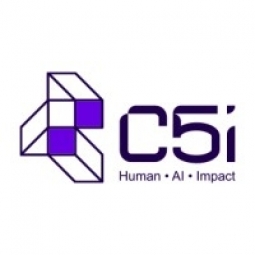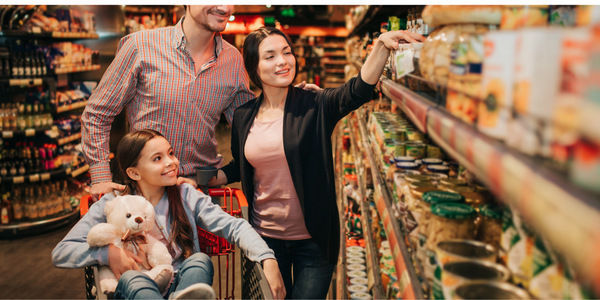Customer Company Size
Large Corporate
Region
- America
Country
- United States
Product
- Blueocean Market Intelligence analytics
Tech Stack
- Data Integration
- Data Visualization
Implementation Scale
- Enterprise-wide Deployment
Impact Metrics
- Customer Satisfaction
- Brand Awareness
Technology Category
- Analytics & Modeling - Big Data Analytics
- Application Infrastructure & Middleware - Data Visualization
Applicable Industries
- Consumer Goods
Applicable Functions
- Sales & Marketing
Use Cases
- Demand Planning & Forecasting
Services
- Data Science Services
About The Customer
The customer is a leading consumer products company. They operate in the consumer goods and services industry. The company was interested in understanding the bi-cultural Hispanic segment in the US, which was projected to grow significantly in the coming years. The company wanted to leverage this understanding to drive growth in key categories such as oral care, home care, and personal care. They had a mix of commissioned research and external partner-led research studies at their disposal.
The Challenge
The client, a leading consumer products company, wanted to develop an in-depth understanding of the bi-cultural Hispanic segment in the US, which was expected to grow from 13% of total US households in 2014 to 35% by 2030. The aim was to define strategies and tactics to drive current and future growth in key categories such as oral care, home care, and personal care. The existing research included a mix of commissioned research and external partner-led research studies.
The Solution
Blueocean Market Intelligence approached the challenge by first conducting a literature review, which included a brief description of each of the source reports and key information areas. Based on the business questions and the information availability from the source reports, Blueocean Market Intelligence came up with a report strawman (report storyline). They then synthesized presentations/reports from existing research on bi-cultural Hispanics to close some of the knowledge gaps that existed and answer what, so what, and now what questions. Each category report covered the following areas in general: attitudes and behavior path to purchase, media consumption habits and digital behavior among Hispanics/bi-cultural Hispanics.
Operational Impact
Quantitative Benefit

Case Study missing?
Start adding your own!
Register with your work email and create a new case study profile for your business.
Related Case Studies.
.png)
Case Study
Improving Vending Machine Profitability with the Internet of Things (IoT)
The vending industry is undergoing a sea change, taking advantage of new technologies to go beyond just delivering snacks to creating a new retail location. Intelligent vending machines can be found in many public locations as well as company facilities, selling different types of goods and services, including even computer accessories, gold bars, tickets, and office supplies. With increasing sophistication, they may also provide time- and location-based data pertaining to sales, inventory, and customer preferences. But at the end of the day, vending machine operators know greater profitability is driven by higher sales and lower operating costs.
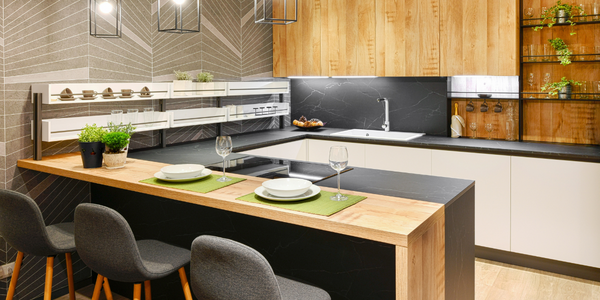
Case Study
Series Production with Lot-size-1 Flexibility
Nobilia manufactures customized fitted kitchens with a lot size of 1. They require maximum transparency of tracking design data and individual processing steps so that they can locate a particular piece of kitchen furniture in the sequence of processes.
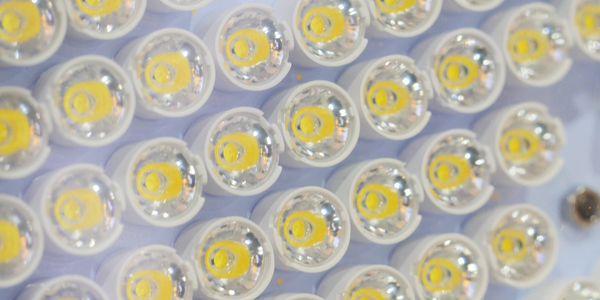
Case Study
American Eagle Achieves LEED with GE LED Lighting Fixtures
American Eagle Outfitters (AEO) was in the process of building a new distribution center. The AEO facility management team decided to look at alternate options for lighting layout that could provide energy and maintenance savings. AEO would need a full-time maintenance employee just to replace burned-out fluorescent tubes.
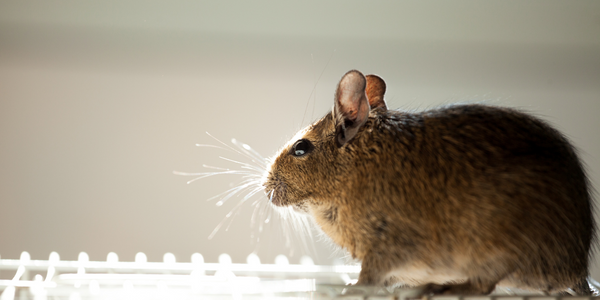
Case Study
Revolutionizing Rodent Control
From pet- and child-safe traps, to touch-free and live-catch rodent control solutions, Victor continues to stay committed to producing superior products that meet the varying needs of today’s pest control professionals. And, with a long standing history supporting customers in the food processing, service, and retail settings, Victor knew that strict regulations were costing organizations thousands of dollars in excess overhead trying to manage their rodent-control solutions. Trap inspections in these environments are often difficult and time consuming, requiring personnel to manually check a trap’s status multiple times per day, amounting to over six hours of manual labor. Victor is looking for an innovative way to increase operational efficiencies with the use of technology.




